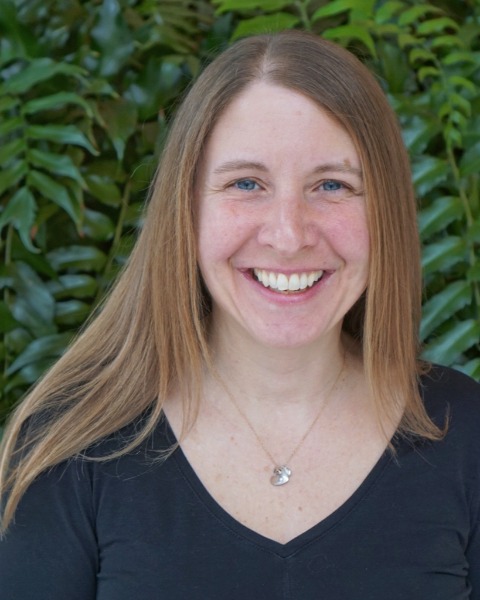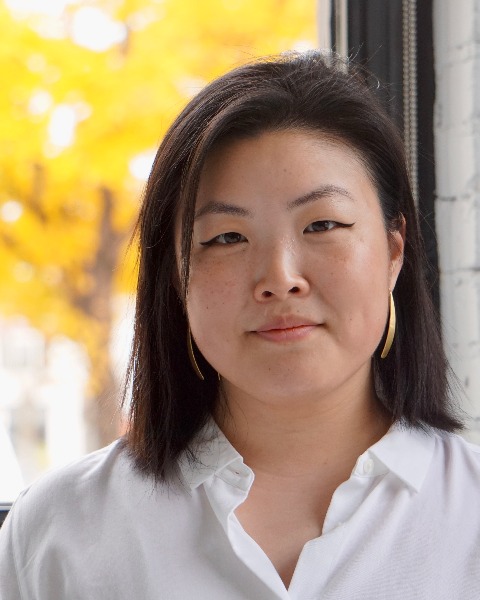Navigating Politics to Advance Planning
Twin Districts: Innovation in Community-Driven TOD
Sunday, April 14, 2024
1:00 PM - 5:00 PM CT
Location: Mobile Workshop Departure Area
CM | 2.5
Ticket Price: $47Division Endorsement: Housing and Community Development Division

Hilary A. Dvorak
Minneapolis, MN

Chris Hong, AICP
Minneapolis, MN

Spencer Miller-Johnson
Roseville, MN
- AH
Aaron Hanauer, AICP
Senior City Planner
City of Minneapolis
Minneapolis, Minnesota
Lead Mobile Workshop Coordinator(s)
Mobile Workshop Coordinator(s)
In neighboring underutilized industrial areas, community members envisioned diverse land uses that support green space, commerce, and housing. The tour will explore the Creative Enterprise Zone and the Towerside Innovation District, and how they defied conventional neighborhood planning.
The organization behind the Creative Enterprise Zone (CEZ) was created in 2009 in response to the displacement of artists in creative studio spaces, the construction of the METRO Green Line, and the Great Recession. The vision was to “stabilize and advance conditions in which creative enterprises – light industry, artisans and artists – can thrive.” In partnership with the St. Anthony Community Council, the CEZ was formally established in Saint Paul in 2013. Today, the CEZ provides real estate services to businesses in the area, plants trees to expand the urban tree canopy, and hosts an annual mural and public art festival.
Prospect Park 20/20 was a community-led organization formed in 2012 to reimagine the area surrounding the planned Green Line Prospect Park light rail station. Despite the area’s industrial history, the organization saw the potential for an innovation district at the intersection of a large research university, two cities, and multiple future light rail stations. Through public-private partnerships, grassroots fundraising, and strong community support, Towerside Innovation District boasts a diverse mix of dense housing, workspaces, and green space.
The tour will explore how these two districts grew out of community visions of neighborhoods that foster creativity, innovation, and sustainability. The success of these districts illustrate how community-led initiatives and private-public partnerships can better reflect local needs and desires, support anti-displacement strategies, establish resources for small businesses, and allow mixed-income housing density to flourish.
The organization behind the Creative Enterprise Zone (CEZ) was created in 2009 in response to the displacement of artists in creative studio spaces, the construction of the METRO Green Line, and the Great Recession. The vision was to “stabilize and advance conditions in which creative enterprises – light industry, artisans and artists – can thrive.” In partnership with the St. Anthony Community Council, the CEZ was formally established in Saint Paul in 2013. Today, the CEZ provides real estate services to businesses in the area, plants trees to expand the urban tree canopy, and hosts an annual mural and public art festival.
Prospect Park 20/20 was a community-led organization formed in 2012 to reimagine the area surrounding the planned Green Line Prospect Park light rail station. Despite the area’s industrial history, the organization saw the potential for an innovation district at the intersection of a large research university, two cities, and multiple future light rail stations. Through public-private partnerships, grassroots fundraising, and strong community support, Towerside Innovation District boasts a diverse mix of dense housing, workspaces, and green space.
The tour will explore how these two districts grew out of community visions of neighborhoods that foster creativity, innovation, and sustainability. The success of these districts illustrate how community-led initiatives and private-public partnerships can better reflect local needs and desires, support anti-displacement strategies, establish resources for small businesses, and allow mixed-income housing density to flourish.
Learning Objectives:
- Explain results from community led initiatives involving multidisciplinary collaboration on the future of their neighborhood, land use, housing densification, and diverse businesses that make the area thrive.
- Experience transformed neighborhoods connected by light rail transit, public art, parks, renewed housing density, and commercial investment.
- Explore how public art and green infrastructure can contribute to the long-term beauty, economic vitality, and walkability of a neighborhood and serve as a catalyst for development.
